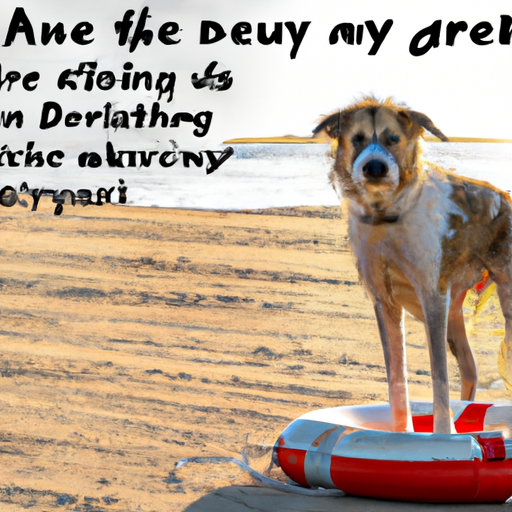Understanding Dry Drowning
As a caregiver, it’s essential to understand what dry drowning is. Unlike traditional drowning, which involves direct inhalation of water, dry drowning occurs when your dog’s vocal cords spasm and close up after getting water in their mouth or nose. This can lead to difficulty breathing, suffocation, and in severe cases, death.
Recognizing the Symptoms
The following are some symptoms to watch out for:
- Difficulty breathing
- Coughing
- Pale or blue gums
- Lethargy
- Loss of consciousness
Note: Symptoms may manifest immediately or several hours after exposure to water.
Causes and Risk Factors
While any dog can experience dry drowning, certain factors increase the risk:
- Age: Puppies and older dogs are more susceptible.
- Health Conditions: Dogs with respiratory disorders are at a higher risk.
- Water Activities: Dogs that spend a lot of time in water, like retrieving games or swimming.
| Risk Factor | Explanation |
|---|---|
| Age | Puppies and older dogs have less control over their body, increasing risk. |
| Health Conditions | Respiratory disorders can exacerbate the effects of dry drowning. |
| Water Activities | Greater exposure to water increases the risk. |
Preventing Dry Drowning
Prevention is always better than cure. Here are some steps you can take to keep your furry friend safe:
- Monitor your dog while they’re playing in the water.
- Discourage them from drinking too much water while swimming.
- Give them plenty of rest breaks during water play.
- Train them on how to enter and exit the pool safely.
What to Do if You Suspect Dry Drowning
If you notice any symptoms of dry drowning in your dog, it’s crucial to act quickly.
- Remove your dog from the water immediately.
- Try to calm your dog down.
- Call your vet immediately or take your dog to an emergency pet hospital.
Frequently Asked Questions (FAQs)
1. Can dry drowning happen in small amounts of water?
Yes, even small amounts of water can cause dry drowning if it gets into the dog’s nose or mouth.
2. How long after water exposure can dry drowning occur?
Symptoms can manifest immediately or several hours after exposure to water.
3. Is dry drowning treatable?
Yes, if caught early, dry drowning can be treated. However, it’s essential to seek veterinary care immediately.
Remember, as a caregiver, your vigilance can save your pet’s life. Stay informed, stay alert, and here’s to many more happy, healthy splash-filled days with your canine companion!



